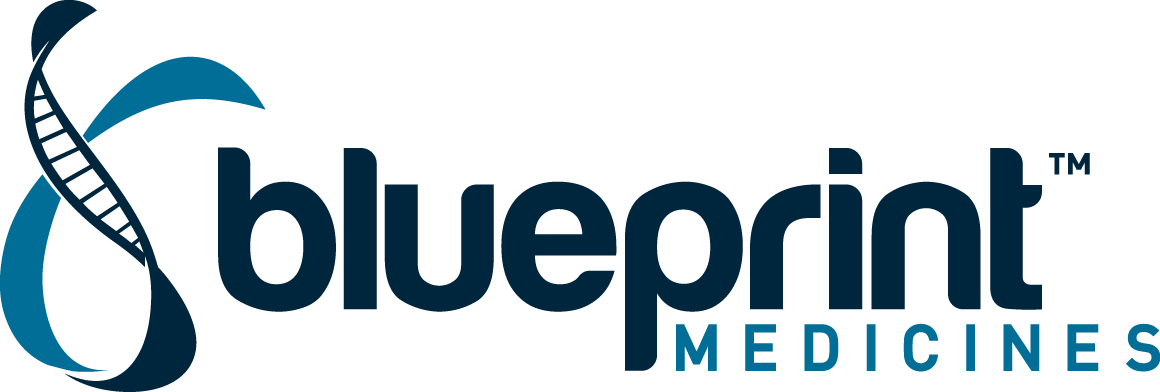

Identification and Management of RET fusion+ metastatic NSCLC
Introducing a New Treatment Option for RET fusion+ metastatic NSCLC
Safety and Dosing of GAVRETO in RET fusion+ metastatic NSCLC
A Patient Journey With GAVRETO in RET fusion+ metastatic NSCLC
Question and Answer
Please note that this is a promotional education program sponsored by Blueprint Medicines; CME credit will not be available.
INDICATIONS
GAVRETO™ (pralsetinib) is indicated for the treatment of:
- Adult patients with metastatic rearranged during transfection (RET) fusion-positive non-small cell lung cancer (NSCLC) as detected by an FDA approved test
- Adult and pediatric patients 12 years of age and older with advanced or metastatic RET-mutant medullary thyroid cancer (MTC) who require systemic therapy
- Adult and pediatric patients 12 years of age and older with advanced or metastatic RET fusion-positive thyroid cancer who require systemic therapy and who are radioactive iodine-refractory (if radioactive iodine is appropriate)
These indications are approved under accelerated approval based on overall response rate and duration of response. Continued approval for these indications may be contingent upon verification and description of clinical benefit in confirmatory trials.
IMPORTANT SAFETY INFORMATION
Interstitial Lung Disease (ILD)/Pneumonitis occurred in 10% of patients who received GAVRETO, including 2.7% with Grade 3/4, and 0.5% with fatal reactions. Monitor for pulmonary symptoms indicative of ILD/pneumonitis. Withhold GAVRETO and promptly investigate for ILD in any patient who presents with acute or worsening of respiratory symptoms (e.g., dyspnea, cough, and fever). Withhold, reduce dose or permanently discontinue GAVRETO based on severity of confirmed ILD.
Hypertension occurred in 29% of patients, including Grade 3 hypertension in 14% of patients. Overall, 7% had their dose interrupted and 3.2% had their dose reduced for hypertension. Treatment-emergent hypertension was most commonly managed with anti-hypertension medications. Do not initiate GAVRETO in patients with uncontrolled hypertension. Optimize blood pressure prior to initiating GAVRETO. Monitor blood pressure after 1 week, at least monthly thereafter and as clinically indicated. Initiate or adjust anti-hypertensive therapy as appropriate. Withhold, reduce dose, or permanently discontinue GAVRETO based on the severity.
Hepatotoxicity: Serious hepatic adverse reactions occurred in 2.1% of patients treated with GAVRETO. Increased aspartate aminotransferase (AST) occurred in 69% of patients, including Grade 3/4 in 5% and increased alanine aminotransferase (ALT) occurred in 46% of patients, including Grade 3/4 in 6%. The median time to first onset for increased AST was 15 days (range: 5 days to 1.5 years) and increased ALT was 22 days (range: 7 days to 1.7 years). Monitor AST and ALT prior to initiating GAVRETO, every 2 weeks during the first 3 months, then monthly thereafter and as clinically indicated. Withhold, reduce dose or permanently discontinue GAVRETO based on severity.
Grade ≥ 3 hemorrhagic events occurred in 2.5% of patients treated with GAVRETO including one patient with a fatal hemorrhagic event. Permanently discontinue GAVRETO in patients with severe or life-threatening hemorrhage.
Tumor Lysis Syndrome (TLS) : Cases of TLS have been reported in patients with medullary thyroid carcinoma receiving GAVRETO. Patients may be at risk of TLS if they have rapidly growing tumors, a high tumor burden, renal dysfunction, or dehydration. Closely monitor patients at risk, consider appropriate prophylaxis including hydration, and treat as clinically indicated.
Impaired wound healing can occur in patients who receive drugs that inhibit the vascular endothelial growth factor (VEGF) signaling pathway. Therefore, GAVRETO has the potential to adversely affect wound healing. Withhold GAVRETO for at least 5 days prior to elective surgery. Do not administer for at least 2 weeks following major surgery and until adequate wound healing. The safety of resumption of GAVRETO after resolution of wound healing complications has not been established.
Based on findings from animal studies and its mechanism of action, GAVRETO can cause fetal harm when administered to a pregnant woman. Advise pregnant women of the potential risk to a fetus. Advise females of reproductive potential to use effective non-hormonal contraception during treatment with GAVRETO and for 2 weeks after the final dose. Advise males with female partners of reproductive potential to use effective contraception during treatment with GAVRETO and for 1 week after the final dose. Advise women not to breastfeed during treatment with GAVRETO and for 1 week after the final dose.
Common adverse reactions (≥25%) were constipation, hypertension, fatigue, musculoskeletal pain and diarrhea. Common Grade 3/4 laboratory abnormalities (≥2%) were decreased lymphocytes, decreased neutrophils, decreased hemoglobin, decreased phosphate, decreased calcium (corrected), decreased sodium, increased aspartate aminotransferase (AST), increased alanine aminotransferase (ALT), decreased platelets and increased alkaline phosphatase.
Avoid coadministration of GAVRETO with strong CYP3A inhibitors or combined P-gp and strong CYP3A inhibitors. If coadministration cannot be avoided, reduce the GAVRETO dose. Avoid coadministration of GAVRETO with strong CYP3A inducers. If coadministration cannot be avoided, increase the GAVRETO dose.
Please click here to see the full Prescribing Information for GAVRETO.
Please see full Prescribing Information and Patient Information.
Meet the Speakers

Eric H. Bernicker, MD
Associate Professor of Clinical Medicine
Weill Cornell Medical College
Houston Methodist Cancer Center

Viola Zhu, MD, PhD
Associate Clinical Professor of Medicine
Program Objectives
Explore the data from GAVRETO clinical trial
Review important safety information of GAVRETO
Present a hypothetical RET fusion+ mNSCLC patient case from identification to management
RET+ = rearranged during transfection positive
mNSCLC = metastatic non–small cell lung cancer

GAVRETO, Blueprint Medicines, YourBlueprint and associated logos are trademarks of Blueprint Medicines Corporation.
The Genentech logo is a registered trademark of Genentech, Inc.
© 2021 Blueprint Medicines Corporation and Genentech, Inc. All rights reserved.
03/2021 USBP-PRP-20.180.2